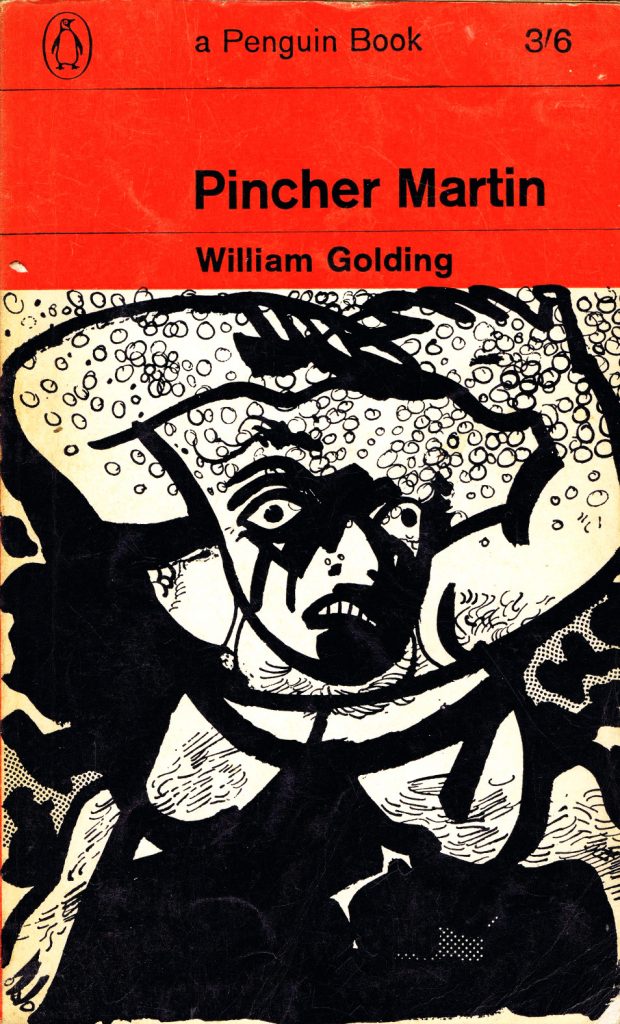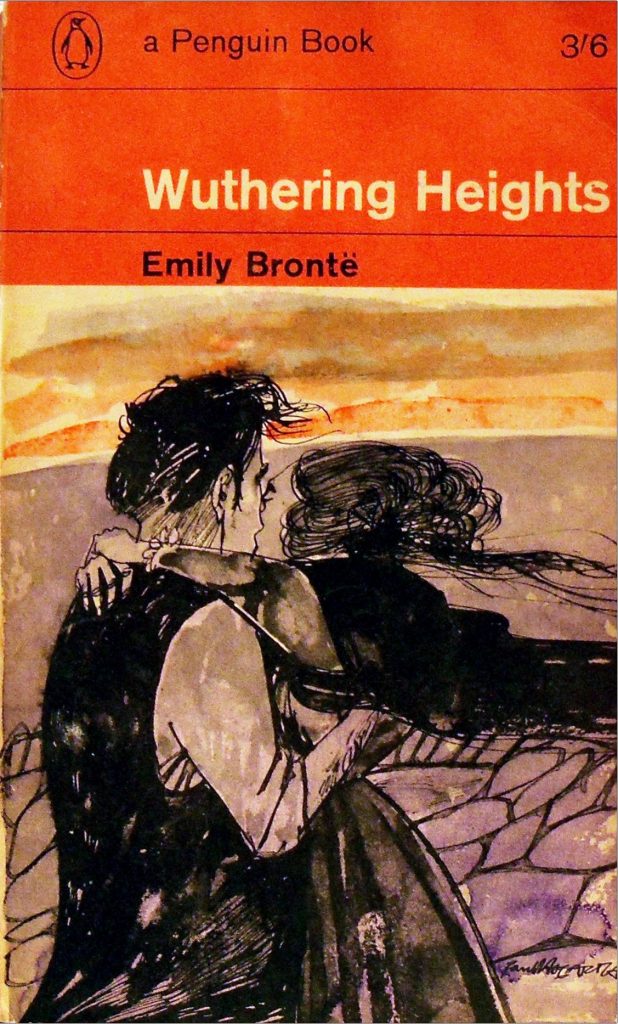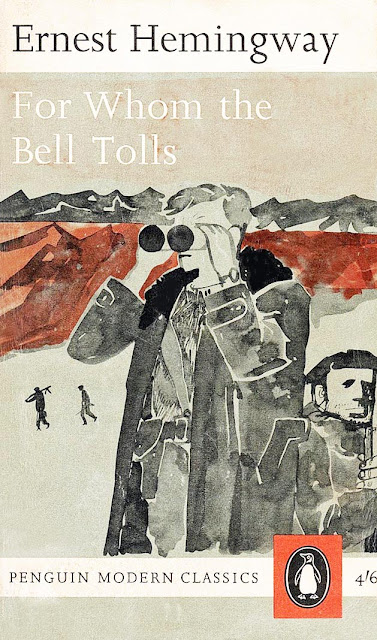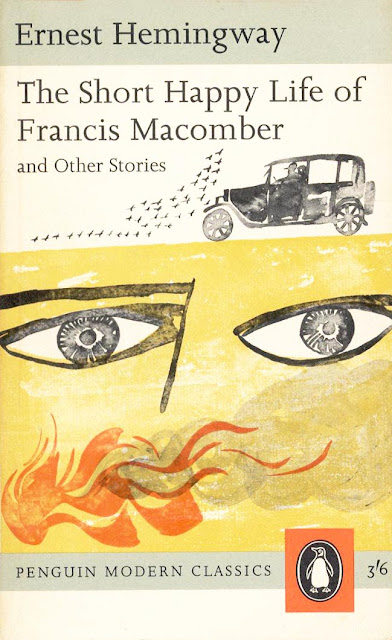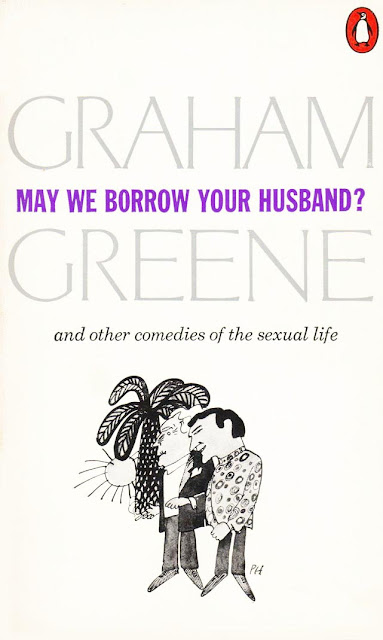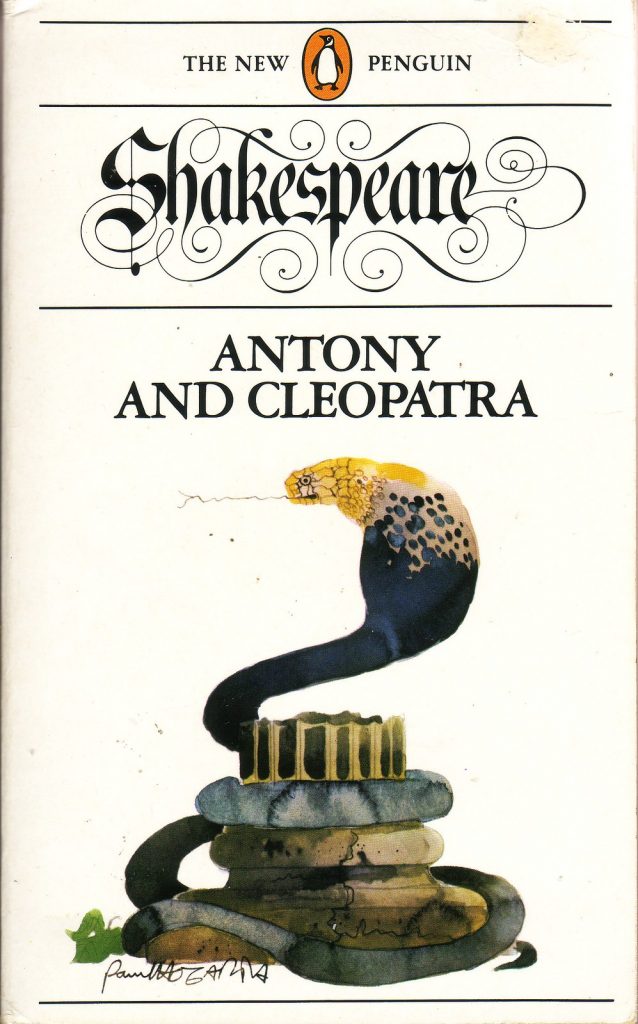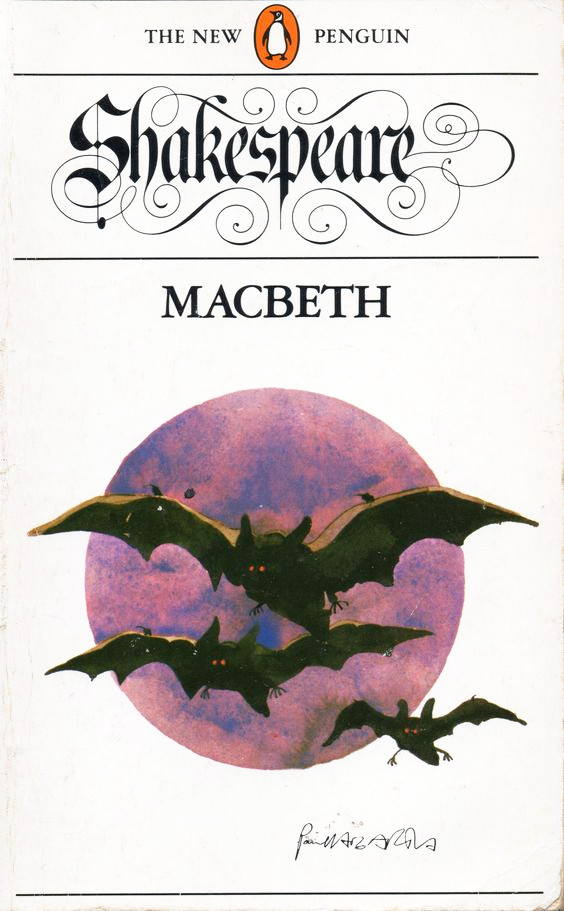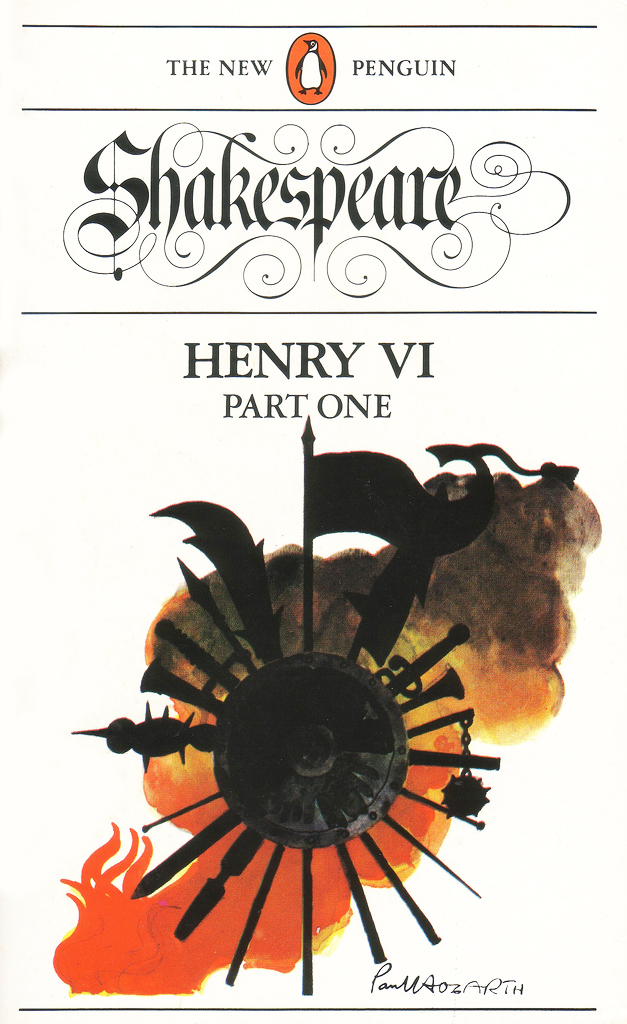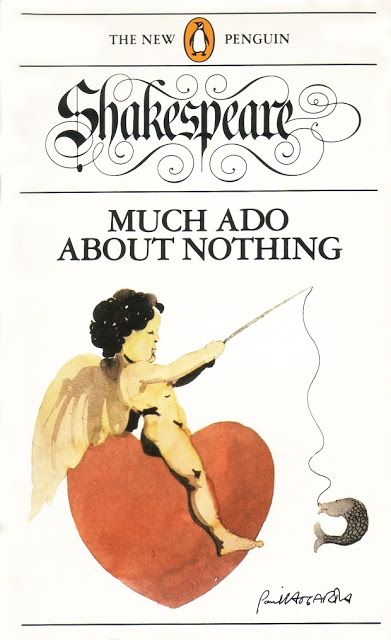If you are British it would be hard to ignore the influence of Penguin books, and one of their most popular illustrators is probably the least known. Paul Hogarth was, according to his close friend Ronald Searle, “the original angry young man”. Born in Kendal his family moved to Manchester when he was six and as a young man he was fired by the radical left-wing politics he acquired as a student, he lied about his age and went off to join the Republicans in Spain where he drove lorries in the Spanish Civil War for the International Brigade. War inevitably proved to be less than glorious and the Communists soon returned him to England when they discovered that he was still only 17.
He attended Saint Martin’s School of Art under James Boswell, and with a talent for illustration and reportage, which was allied to his love of travel. That reporter instinct lead him to a happy career in illustration as he was able to sum up a books plot and illustrate it very quickly.
From 1959 to 1962 he was Senior Tutor at the Cambridge School of Art and from 1964 to 1971 at the Royal College of Art, London. In 1968-1969 he was associate professor of illustration at the Philadelphia College of Art, USA. Hogarth was elected to the Royal Academy of Arts in 1974 and to full membership in 1984. He became honorary president of the Association of Illustrators in 1982 and he received an O.B.E. in 1989. In 1999 he was awarded an Honorary Doctor of Arts by Manchester Metropolitan University.
Poul Webb
In 1967 at Cambridge we were set a reportage project drawing London markets over a period of a week. I did drawings of Leadenhall Market, Smithfield meat market, the original Covent Garden fruit & vegetable market, and the original Billingsgate fish market in Lower Thames Street.
He was elected an associate member of the Royal Academy in 1974, a full member in 1984; and was awarded the OBE in 1989. His work is held in collections worldwide, and he exhibited regularly in the Francis Kyle Gallery in London.
Hogarth died on 27 December 2001(age 84). At the time of his death he had been married to actress Diana Hogarth (stage name Diana Robson) for 12 years.
Hogarth became a tireless traveller and his creative partnerships with writers further extended his wanderings. His collaborations included travels in South Africa with Doris Lessing, in Ireland and New York with Brendan Behan, and America with Stephen Spender, and Corfu with Lawrence Durrell. His came to know Majorca on account of Robert Graves and subsequently bought a house there himself – as well as producing a portfolio of lithographs entitled Deyá (1972) with handwritten poems by Graves.
It was perhaps inevitable that he should come into collaboration with Graham Greene, a creative artist whose thirst for travel was perhaps even greater than his own. Hogarth’s travels in “Greeneland” – that hinterland of the author’s imagination – took him to over 20 countries. In his 1997 autobiography Drawing on Life Hogarth described many of the writers he encountered in the predatory clientele of literary haunts in London and New York, and in particular he recalled Greene’s “ice-blue eyes and tormented face”.
The illustrations he provided for John Betjeman’s In Praise of Churches (1996) reflected a kindlier vision, however, and demonstrated Hogarth’s sensitivity to architecture and a particularly English love of eccentricity and idiosyncrasy.
Paul Hogarth, An Extraordinary Artist.
